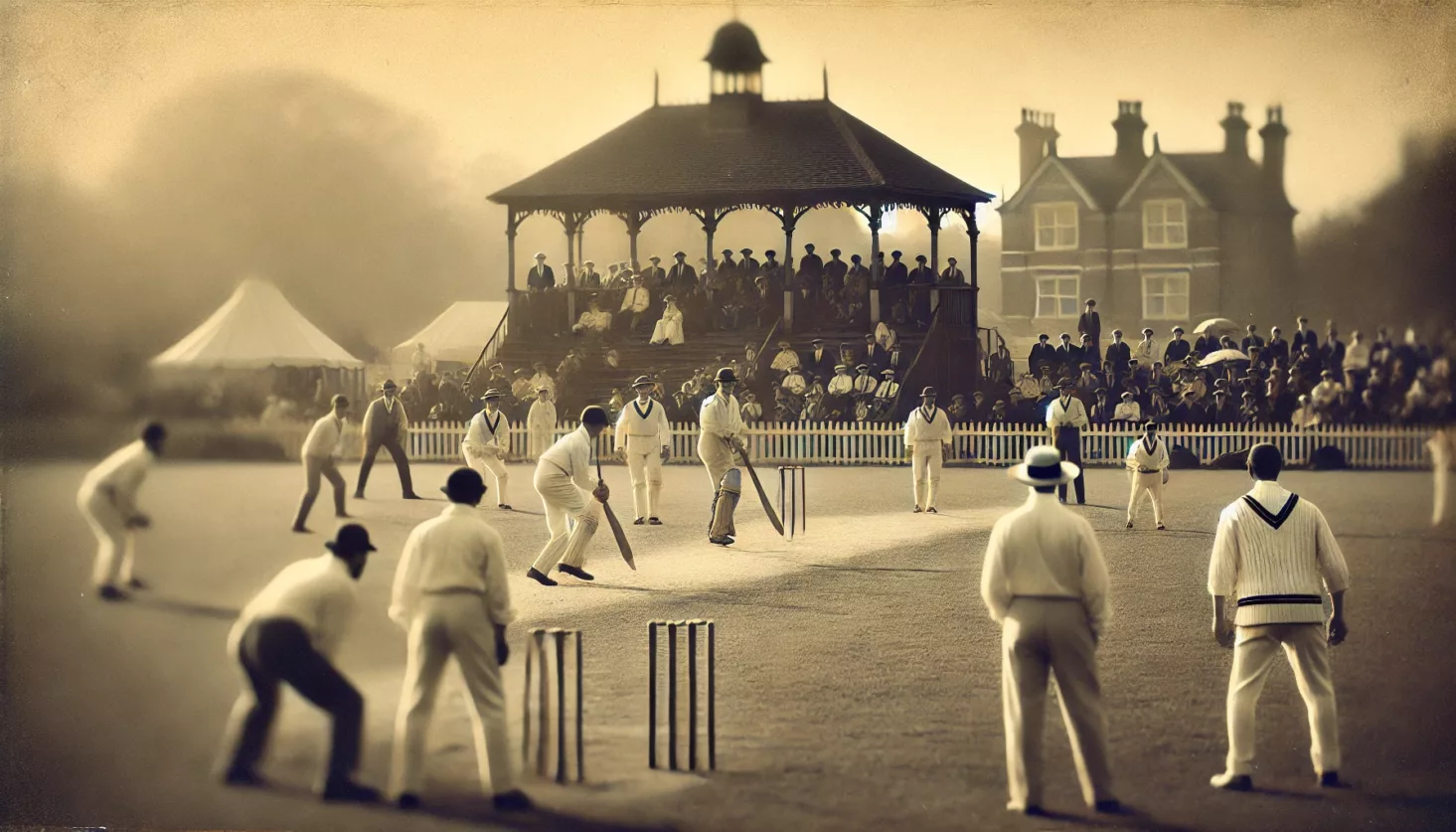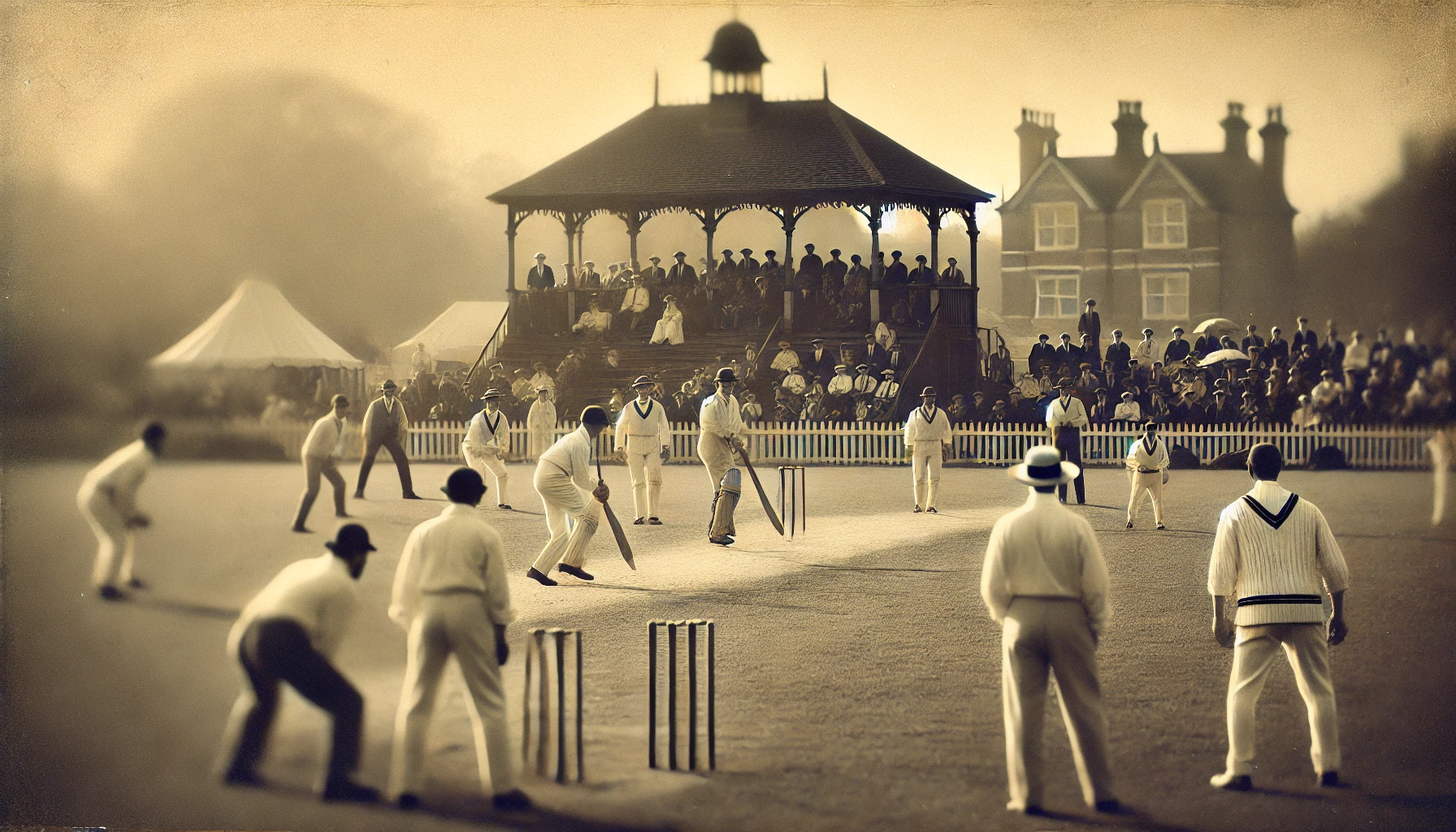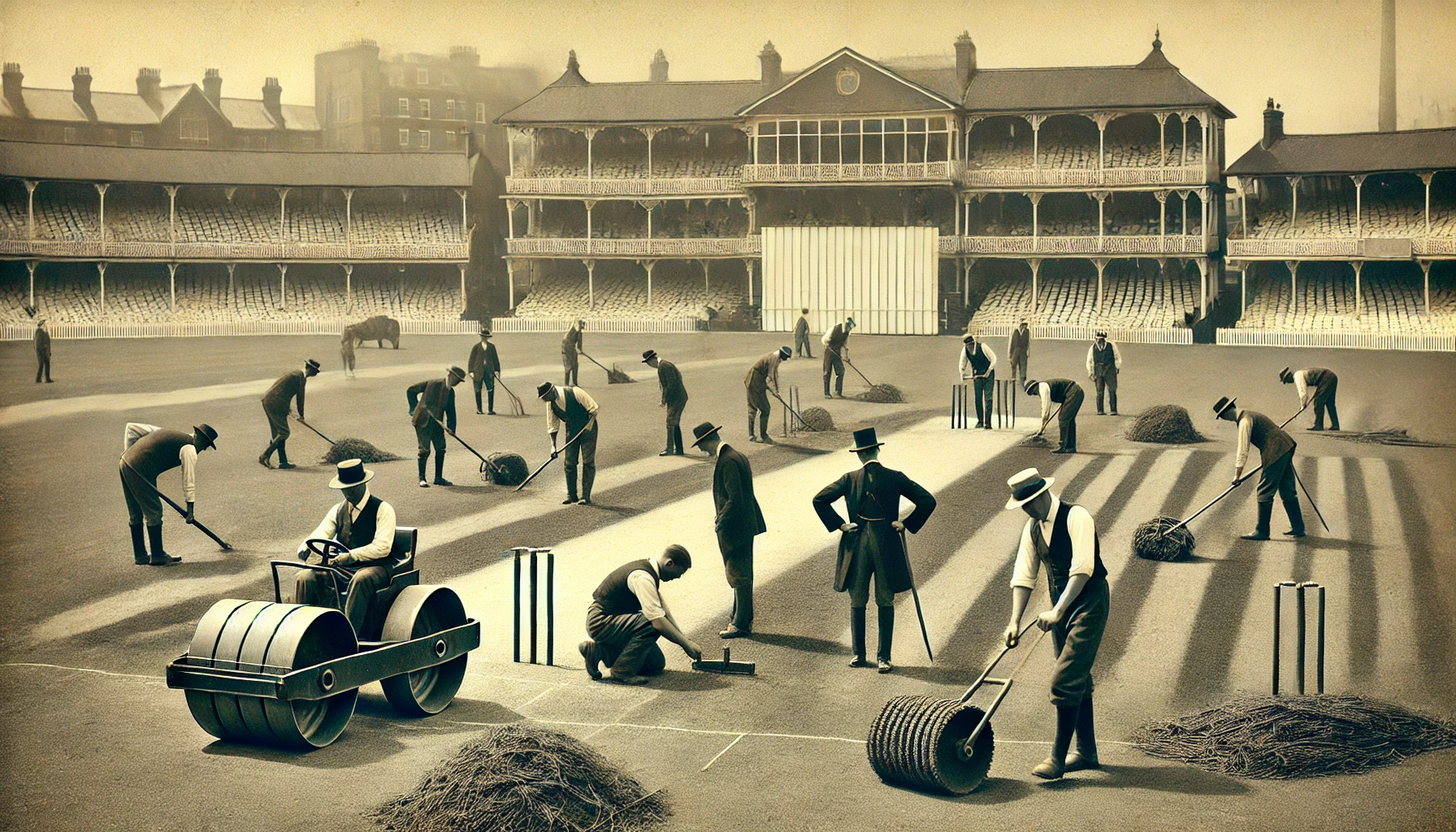
The Inspiring Journey of Galle International Stadium
Perched on the southern tip of the resplendent island of Sri Lanka, the Galle International Stadium isn’t just another historic cricket ground—it’s a symbol of national pride, resilience, and sporting excellence. Overlooking the pristine waters of the Indian Ocean and shadowed by the UNESCO World Heritage site of Galle Fort, this stadium offers more than just a picturesque setting for international cricket matches.
From its early days as a racecourse to its transformation into one of the world’s most scenic cricket venues, the journey of the Galle International Stadium is as captivating as the matches it has hosted. But what truly sets it apart is its phoenix-like rise post the devastating 2004 tsunami, showcasing the indomitable spirit of the Sri Lankan people.
In this article, we’re set to embark on a deep dive into this iconic venue’s rich history, architectural marvels, and the unforgettable cricketing moments it has witnessed. Through exclusive interviews, archival research, and captivating imagery, we’ll shed light on the legends who’ve graced its pitch, the challenges faced in its construction and maintenance, and the passionate fans who consider this stadium a second home.
For cricket enthusiasts, history buffs, and travel aficionados alike, this article promises a comprehensive insight into the Galle International Stadium—a place where sportsmanship meets heritage, and where every match tells a story beyond the scores. So, gear up to explore the untold tales of a stadium that’s not just at the heart of Galle, but at the very soul of Sri Lankan cricket.
The History and Significance of Galle International Stadium

The Galle International Stadium, constructed in 1876, holds the distinction of being the oldest cricket ground in Sri Lanka. Cricket enthusiasts from all over the globe deeply treasure it. This remarkable stadium is a UNESCO World Heritage Site situated within the Dutch fort in Galle, showcasing a blend of colonial and contemporary architectural styles dating back to the 17th century.
Notably, the Galle International Stadium has hosted numerous international matches, including test matches and one-day internationals. Its significance grew tremendously with Sri Lanka’s historic triumph over Australia in 2011, marking their very first test victory against the Australian team.
In addition to these international matches, the stadium plays a crucial role in domestic cricket tournaments. It provides a platform for local cricketers to exhibit their skills and gain recognition.
The Galle International Stadium’s allure is further enhanced by its close proximity to the Galle Fort and the Indian Ocean. The breathtaking views and the refreshing ocean breeze create a unique ambiance for both players and spectators alike.
The Galle International Stadium , constructed in 1876, holds the distinction of being the oldest cricket ground in Sri Lanka. Cricket enthusiasts from all over the globe deeply treasure it. This remarkable stadium is a UNESCO World Heritage Site situated within the Dutch fort in Galle, showcasing a blend of colonial and contemporary architectural styles dating back to the 17th century.
Architectural Design and Features of Galle International Stadium
The Architectural Design and features of Galle International Stadium truly showcase a blend of modern elements and traditional Sri Lankan architecture. From vibrant colours to intricate patterns and decorative motifs, the stadium exudes a visually striking atmosphere. The locally sourced materials like teak wood and coral stone further accentuate the stadium’s strong connection to its surroundings.
A remarkable aspect of the stadium is its fort-like structure, reminiscent of ancient fortresses. The sturdy walls not only provide security and grandeur but also shield spectators from coastal winds.
The seating layout inside the stadium ensures an excellent sightline and optimal viewing angles for spectators. The tiered seating arrangement guarantees unobstructed views from every seat, while the stadium’s proximity to the coastline offers breathtaking ocean views.
The stadium’s design prioritizes natural ventilation. Open spaces and strategically placed windows allow for pleasant airflow, enhancing spectator comfort, especially during hot and humid conditions.
Groundskeeping and Maintenance at Galle International Stadium

Galle International Stadium, with its breathtaking views of the Indian Ocean and the historic Galle Fort, is undeniably one of the most picturesque cricket venues in the world. However, maintaining such a pristine ground in a coastal environment presents its own unique set of challenges. The groundskeeping and maintenance team at the stadium work tirelessly to ensure that the pitch and outfield remain in top-notch condition, ready to host international matches at any given time.
1. Battling the Coastal Elements: The proximity to the sea means that the ground is frequently exposed to high levels of salinity and humidity. These conditions can be detrimental to the grass, causing it to lose its lush green appearance. To combat this, the groundskeeping team employs specialized grass varieties that are salt-tolerant. Regular soil treatments, including desalination processes, are also carried out to reduce salt buildup.
2. Pitch Preparation: Crafting the perfect cricket pitch is an art. At Galle, the pitch is curated to offer a balance between batsmen and bowlers. Depending on the series and the expected weather conditions, the groundskeepers might leave more grass on the pitch or roll it for a harder surface. The soil used is a mix of clay and loam, ensuring the right amount of bounce and turn.
3. Advanced Drainage Systems: Given the region’s susceptibility to sudden downpours, the stadium is equipped with an advanced drainage system. This ensures that even after heavy rainfall, the ground can be dried and made match-ready in record time. The outfield grass is also chosen for its quick water absorption qualities.
4. Regular Equipment Maintenance: The machinery used for groundskeeping, such as rollers, mowers, and aerators, undergo regular maintenance. This ensures that the equipment is always in optimal condition, preventing any accidental damage to the pitch or outfield.
5. Eco-friendly Practices: In line with global trends and the stadium’s commitment to sustainability, eco-friendly products are used for ground maintenance. Whether it’s organic fertilizers or natural pest control measures, the focus is on minimizing the environmental impact.
6. Training and Workshops: Groundskeeping is a constantly evolving field. The team at Galle International Stadium regularly attends workshops and training sessions, both domestically and internationally. This ensures they are up-to-date with the latest techniques and best practices in pitch and ground maintenance.
The Role of the Curator
The curator at the Galle International Stadium in Sri Lanka plays a crucial role in ensuring that the cricket pitch is in optimal condition for matches. They closely monitor the pitch’s surface, moisture levels, and grass coverage and make necessary adjustments to improve its quality.
To prepare the pitch, the curator diligently cuts the grass, rolls the surface, and fixes any cracks or patches. They also take care of the moisture balance by watering the pitch and protecting it from excessive drying or rain damage.
To maintain a healthy pitch, the curator possesses strong knowledge of soil management and applies appropriate treatments. They closely monitor weather conditions and adjust maintenance practices accordingly. By fulfilling these responsibilities, the curator contributes to providing a high-quality playing surface for international cricket matches at Galle International Stadium.
Events and Matches Hosted at Galle International Stadium

Galle International Stadium, nestled between the historic Galle Fort and the azure waters of the Indian Ocean, has been a significant venue in the cricketing world. Over the years, it has witnessed numerous iconic moments and milestones in the sport. Here are some of the notable matches and events that have taken place at this picturesque stadium:
1. Inaugural Test Match: The stadium hosted its first Test match from 3–7 June 1998, which saw Sri Lanka face off against New Zealand. The home team emerged victorious, winning by an innings and 16 runs.
2. Memorable ODI Moments: The first ODI match was scheduled for 25 June 1998 between Sri Lanka and India. However, it was abandoned due to heavy rain. Later, in June 2017, the stadium hosted its first ODI in 20 years when Zimbabwe toured Sri Lanka. Notably, during the first ODI, Zimbabwean opener Solomon Mire scored the venue’s first ODI century, leading his team to register the highest ODI chase ever on Sri Lankan soil.
3. Muttiah Muralitharan’s Farewell: In 2010, the stadium was the backdrop for the farewell match of Sri Lankan cricket legend Muttiah Muralitharan. He needed eight wickets to reach the 800 Test wickets mark. His 800th wicket was that of Pragyan Ojha, caught by Mahela Jayawardene.
4. Rangana Herath’s Milestone: On 11 March 2017, the stadium was witness to another significant achievement. Rangana Herath surpassed Daniel Vettori’s record to become the most successful left-arm spinner in Test cricket history, achieving this milestone by dismissing Bangladeshi Litton Das.
5. Tsunami Devastation and Reconstruction: The stadium faced severe damage from the 2004 Indian Ocean tsunami. The disaster struck during a school cricket match, forcing players and spectators to seek refuge on the stadium’s roof. The ground underwent extensive renovations and was reopened by President Mahinda Rajapakse on 17 December 2007. The first Test match post-renovation was between Sri Lanka and England, resulting in a draw.
6. Other Notable Matches: Apart from the highlighted events, Galle International Stadium has been the venue for numerous Test matches, ODIs, and T20Is, featuring teams like England, Pakistan, India, Australia, New Zealand, South Africa, West Indies, and Bangladesh.





